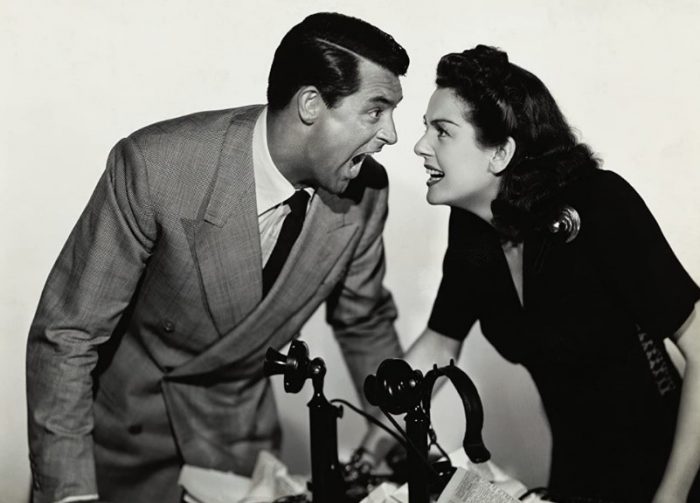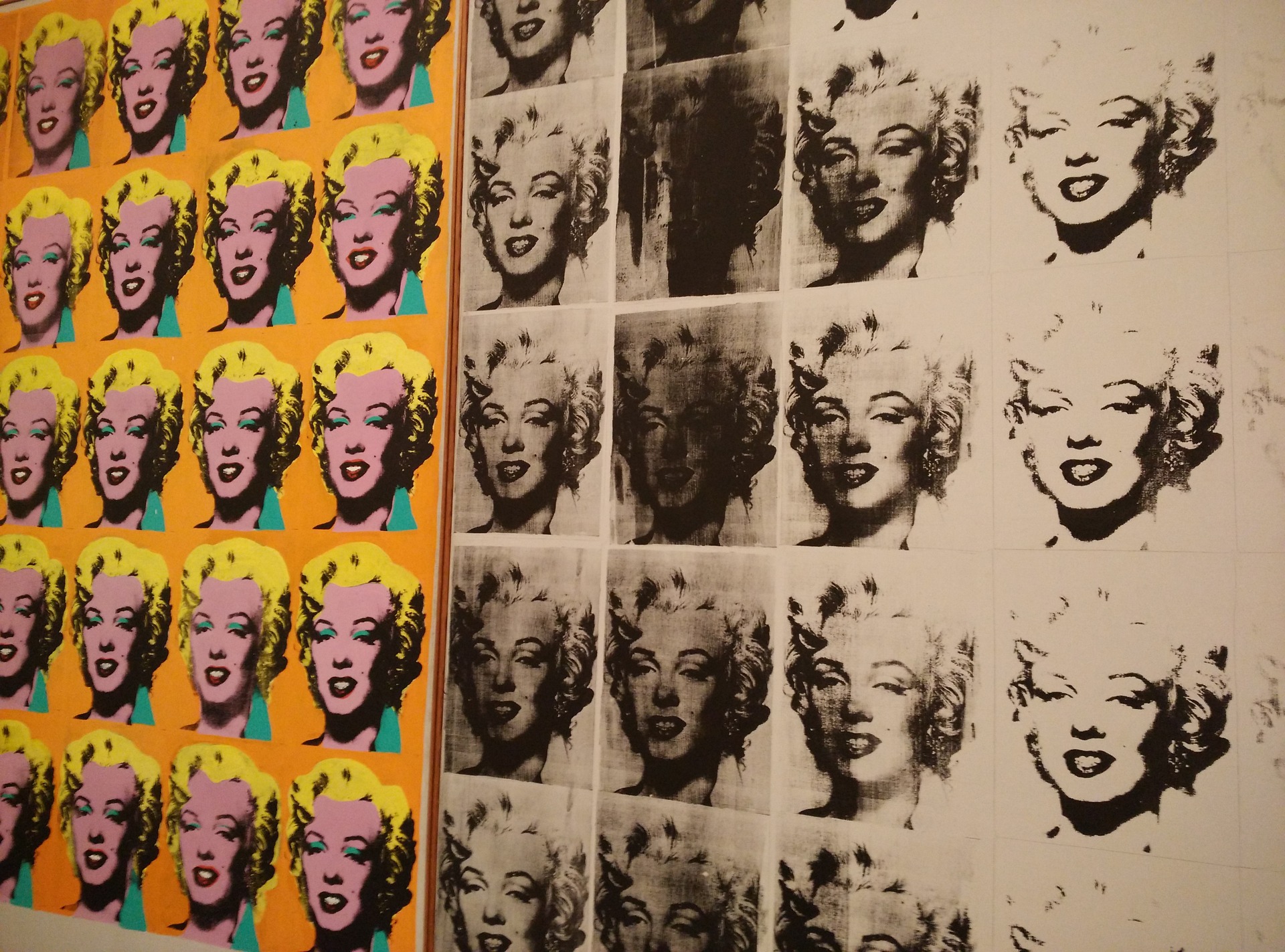Helen O’Hara’s latest book sees her combine her position as Empire’s designated ‘geek Queen’, and her experience in industries from Law to Journalism. The title: ‘Women vs. Hollywood: The Rise and Fall of Women in Film’ and the reason: “It is an attempt to go through 120 years of film history. And try and, sort of, understand why we are where we are today. Where less than 20% of directors are women. Less than 20% of film leads are women. Why? Why on Earth is this?”
So far, so simple. A book about gender discrimination, cinematic evolution, and the systemic sexism that has plagued the Hollywood system for over a century. Okay, maybe not so simple. For O’Hara, whose area of expertise specifically targets British and American cinema, Hollywood seemed the logical place to target: “For most of the last century, for most of the world, it’s been the dominant cinema form”. O’Hara felt it valuable to dissect a period of history known for its giltz and glamour (and as we know from David Lynch’s output) mystery, manipulation, and corruption.
Despite the dream-like aesthetic of the American film industry there is much darkness beneath: “Historically, it’s where most of the power, most of the influence and most of the biggest movies have been made…I think it is worth looking at Hollywood as a sort of microcosm of the whole, as a Synecdoche, if you want to get into Charlie Kaufman films”.
Despite my instincts telling me otherwise, I decided not to get into a conversation about Kaufman films.
O’Hara was keen to point out that Hollywood isn’t where the problems end: “There are these stories in other parts of the world, and I was absolutely aware that I wasn’t telling them. But I was already doing a 125-year history so I was just like I can’t do anymore!”
With extensive research and readings under her belt (and in her bibliography), there was more than enough content to cause endless stress and (hair pulling) frustration for the journalist. We agreed that dissecting gender differentiation in the film industry of other countries was another book, for another day. However, once O’Hara had nailed down her research area, she was ready to go: “Certainly, when we get to the more modern sections of the book, I had a basis of knowledge I could draw.”
However, the hidden gems of female cinematic achievement are a lot tougher to find than their male counterparts: “I will freely admit my knowledge was sketchier. I was aware of Alice Guy Blanche, I was aware of Lois Weber, I was aware of for example, the female-led stunt movies. But awareness was about as far as it went, and I didn’t know about the whole eco-system around them and the numbers that there were”.
Aiding her search was the excellent work of the ‘Women Film Pioneers Project’ at Columbia University, and various scholarship on the era, including ‘Universal Women: Filmmaking and Institutional Change in Early Hollywood’ by Mark Garrett Cooper and ‘Pink-Slipped: What Happened to Women in the Silent Film Industries’ by Jane M. Gaines. O’Hara was happy to dig deep and research hard. She studied Law before her journey into Journalism, and utilised her analytical side to find the statistics to accompany the story. By page two we are informed that “In 1917 alone, Universal Studios would credit eight female directors. In 2017, the same studio made just one film with a female director”.
The data that continues to be unearthed and revealed throughout the book is just as surprising and even more eye-opening. A remarkable achievement considering that it was partly written during a national lockdown: “Of course, it was all made more complicated by the fact the BFI library had to shut during COVID…that made everything a little more problematic”.

Although covering extensive guides on our favourite superheroes is a helping hand to all geek queens and kings, the task of dissecting the oppressive Hollywood machine is a slightly heavier one. But, when talking with Vision, O’Hara maintained her passion and understanding of the topic: “I think studios always used to say ‘oh but female led films don’t sell as well, female directors don’t sell as well’… comparing like for like, comparing budget for budget, marketing for marketing, and screen for screen – they’re doing very well. The difference is you’re not supporting them in the same way so these kinds of conversations didn’t used to happen, because they used to kind of hand wave them away and stick to the myth”.
Firmly established as a main player for Empire, O’Hara has been rising through an industry that has been dominated by men for a very long time (sound familiar?). Her perspective, therefore, is exactly the one this book needs. In fact, O’Hara has previously spoken out about this problem, earlier in her career she said: “Empire had 3 staffers called Ian. And about the same number of women”.
Of course, since her earliest days at Empire there have been steps in the right direction. And, I wanted to know if justice had truly been served and if things had really changed. With keen interest, I decided to ask how many Ian’s were now working at Empire. O’Hara was positive about what she’s seen, “Haha! I believe there are none on staff… this is no disrespect to any of the Ian’s… but there are fewer on staff now… I definitely think things are getting better, I really do”.
But, there is always work to do and things that require change. O’Hara was insistent that some problems still remained: “There is historically often a connection between areas of work, professions becoming less white and male and becoming less well paid – so that is unfortunate. I don’t think the two are connected in this case – I don’t think one is causing the other – but there is a correlation that is unhelpful”.
It is points like this that make books such as ‘Women vs. Hollywood’ so valuable. We’re still experiencing and taking part in the progression that will be assessed in decades to come. Let’s just hope the headline reads something a little more positive: ‘Women & Hollywood: the match made in heaven that never had any problems post-2021’ would be nice. Then again, lawsuits are piling and I’m pretty sure films starring women are still failing the Bechdel test.
Despite progression, there are still problems for female film critics. The presence of online aggression remains an issue, as predominantly male film defenders continue to take aggressive stances on Twitter. Those who criticised Joker (2019) have been attacked in the form of grammatically backward tweets, and O’Hara is included in this. I asked if she was excited for the rumoured Joker 2, but this caused confusion between us as King of Comedy didn’t receive a sequel, “What can they base it on? Age of Innocence? Silence?”. Even as a strong critic against Joker, Helen O’Hara can agree that plonking the Crown Prince of Crime into any film in the ‘Scorsese-verse’ would be both funny and confusing – and in some cases, quite appropriate.
In spite of criticism online, O’Hara’s approach to assessing films remains the same: “I come out of the film, I start thinking, okay so what was good about that…I think my favourite films tend to be ones that I think tell a story well”.
As expected, all of these choices are stone cold classics, with films such as His Girl Friday (1940), The Princess Bride (1987), The Apartment (1960) and Some Like It Hot (1959). I wondered if O’Hara felt she had ever made the wrong judgement on a film “Yeah probably. There’s surely some films that I’m very much out of a limb on – I really liked Lions for Lambs (2007) I remember I gave it 4 stars – and I think that’s one of the films where I’m way off the curb on Rotten Tomatoes… which doesn’t matter because I still liked it, that’s my opinion”.

Although O’Hara’s love of Robert Redford’s misfire is fair, there was one opinion that very much threw me off. There was once a time where she felt Star Wars Episode I: The Phantom Menace was a good film. Thankfully, this skewed view was put to right following a 3D screening of the sci-fi shocker: “We’d been kind of defending it for years, like it’s not that bad, it’s not great but not that bad. We went to see it and we were like oh shit, it is that bad”.
But no fear, cinemas are now properly back and staying, which means all the best and worst films will be seen in big bright lights, including even retrospective 3D screenings of the worst Star Wars movies. Now the picture palace has made its grand return, all is positive for O’Hara’s continuing rise in film journalism and writing.
Following the success of ‘Women vs. Hollywood’ (which has a purple paperback edition planned for release in the new year) there is much in the pipeline for the lawyer-critic-writer. Her book opens conversations and provides strong insight – never telling people, simply showing and exposing the hard truths of a backward Hollywood system, which seems to be making an ascent (albeit a steady one) in the right direction.
Let’s hope this continues, or O’Hara may be forced to write a sequel.
